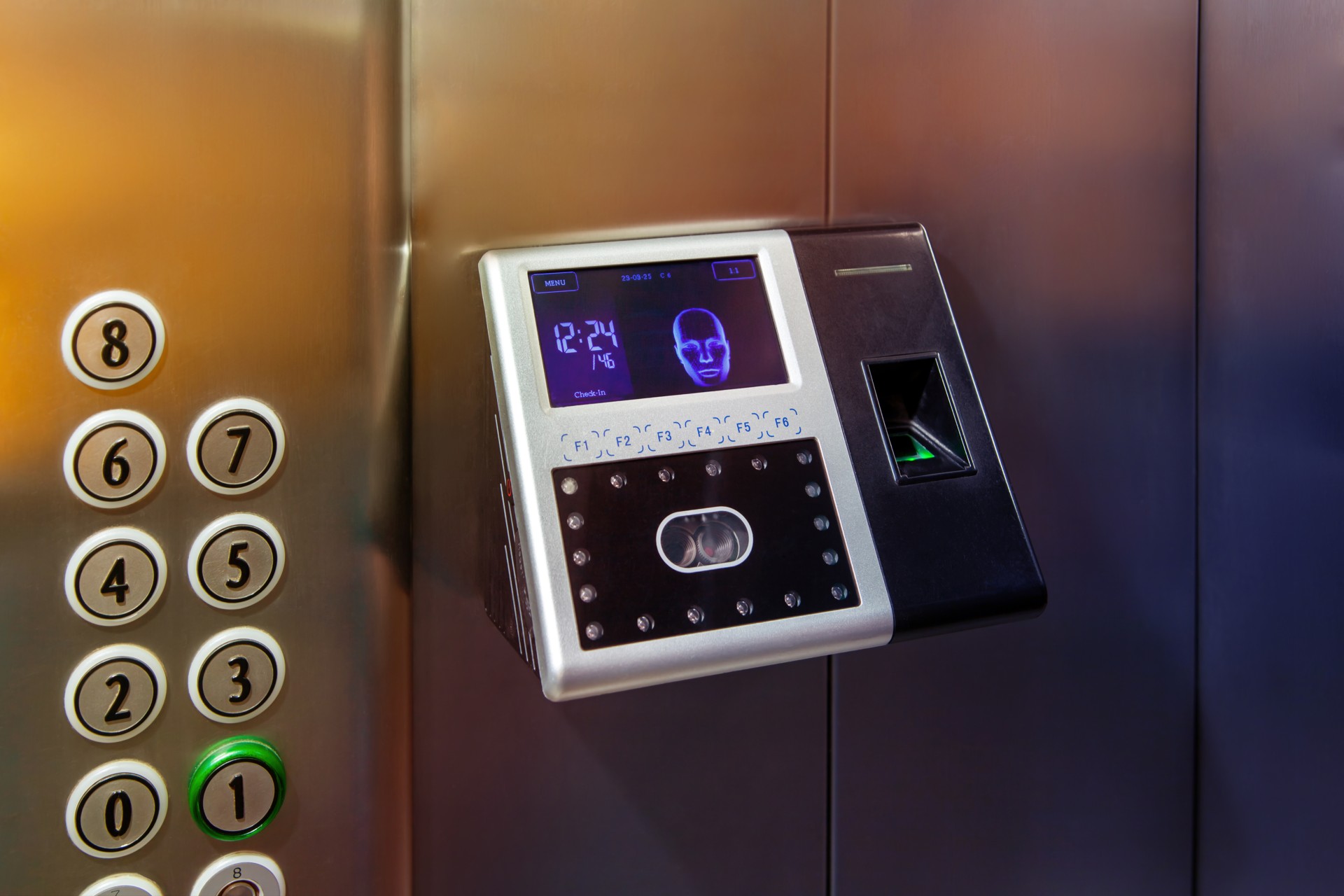Access control systems are essential tools for managing and regulating entry to buildings, facilities, and resources. These systems play a critical role in enhancing security, protecting assets, and ensuring the safety of employees, visitors, and sensitive information. There are various types of access control systems available, each offering unique features and capabilities to meet the diverse needs of different environments. In this article, we’ll explore three common types of access control systems and their key characteristics.
1. Discretionary Access Control (DAC)
Discretionary Access Control (DAC) is one of the oldest and simplest forms of access control systems. In a DAC system, access control decisions are based on the discretion of the resource owner, who determines which users are granted access to specific resources and sets permissions accordingly. Each resource, such as files, folders, or applications, has an associated Access Control List (ACL) that specifies the users or groups authorized to access it and the level of access granted (e.g., read, write, execute).
Key Characteristics of DAC:
- Access control decisions are decentralized and determined by resource owners.
- Resource owners have full control over access permissions and can modify them at their discretion.
- DAC systems are flexible and easy to implement but may lack centralized management and oversight.
- DAC systems are commonly used in small organizations or environments where security requirements are relatively low.
2. Mandatory Access Control (MAC)
Mandatory Access Control (MAC) is a more stringent form of access control that enforces access decisions based on predefined security policies established by system administrators or security administrators. In a MAC system, each user and resource are assigned a security label or classification based on sensitivity or importance. Access control decisions are then based on the comparison of security labels, with access granted only if the user’s clearance level matches or exceeds the resource’s classification.
Key Characteristics of MAC:
- Access control decisions are centralized and enforced based on predefined security policies.
- Users and resources are assigned security labels or classifications based on sensitivity or importance.
- MAC systems provide a high level of security and enforce strict access controls but may be complex to implement and manage.
- MAC systems are commonly used in high-security environments such as government agencies, military installations, and classified information systems.
3. Role-Based Access Control (RBAC)
Role-Based Access Control (RBAC) is a flexible and scalable access control model that grants access based on the roles or responsibilities of users within an organization. In an RBAC system, access permissions are predefined and associated with specific roles or job functions. Users are assigned to roles based on their job responsibilities, and access rights are granted or revoked accordingly. This approach simplifies access management by centralizing the administration of roles and permissions and ensures that users have access only to the resources necessary to perform their job duties.
Key Characteristics of RBAC:
- Access control decisions are based on the roles or job functions of users within an organization.
- Access permissions are predefined and associated with specific roles.
- RBAC systems offer granular access control, simplified access management, and increased security.
- RBAC systems are widely used in organizations of all sizes and industries to manage access to resources effectively and efficiently.
In conclusion, access control systems play a vital role in enhancing security and protecting assets in various environments. Whether you opt for Discretionary Access Control (DAC), Mandatory Access Control (MAC), or Role-Based Access Control (RBAC), each type of system offers unique features and capabilities to meet the specific security needs of your organization. By understanding the key characteristics of each type of access control system, you can choose the right solution to safeguard your resources and ensure the safety and security of your environment.





